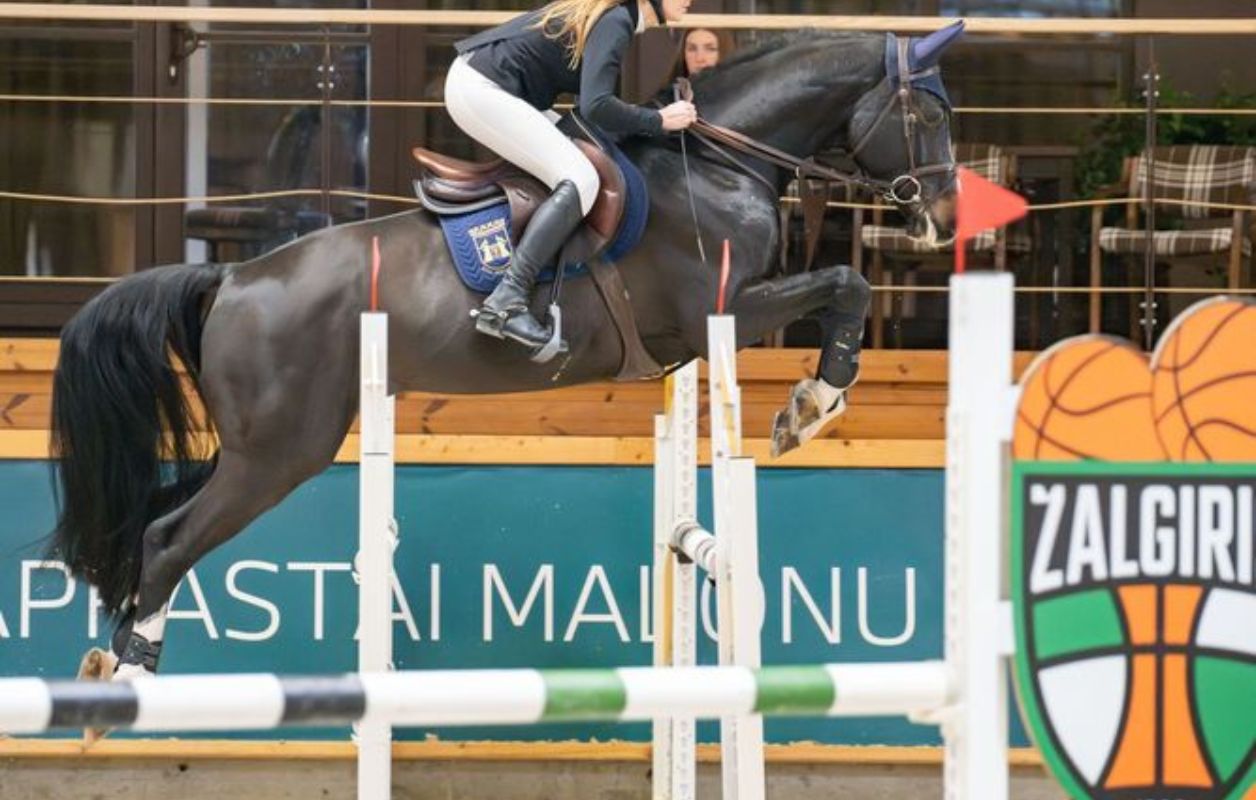The Ultimate Guide to Finding the Perfect Jumper Horse
A perfect jumper horse possesses a unique blend of athleticism, intelligence, and determination. These elite show jumpers showcase exceptional power and agility, allowing them to clear high obstacles with precision. The ideal Grand Prix jumping horses exhibit remarkable speed, balance, and responsiveness, making them top contenders in the most challenging competitions. Understanding these qualities helps riders select and train horses that can excel in professional jumper training.
The Best Breeds for Elite Show Jumpers
Certain horse breeds have become synonymous with success in show jumping due to their natural ability and temperament. The perfect jumper horse often comes from breeds such as the Dutch Warmblood, Hanoverian, and Selle Français. These breeds are known for their strong hindquarters, excellent jumping technique, and trainable nature. Grand Prix jumping horses frequently originate from these lineages, proving their worth in elite competitions.

Essential Training Techniques for Professional Jumper Training
Training a perfect jumper horse requires a combination of strength-building exercises, agility drills, and mental conditioning. Elite show jumpers undergo rigorous professional jumper training that includes pole work, grid exercises, and gymnastic jumping. These exercises develop the horse’s ability to assess distances, adjust stride length, and maintain proper form over jumps. The right training program helps horses build confidence and trust in their riders.
Nutrition and Care for Grand Prix Jumping Horses
A well-balanced diet plays a crucial role in maintaining the health and performance of a perfect jumper horse. Elite show jumpers require high-quality forage, protein-rich feeds, and essential supplements to support muscle development and endurance. Proper hydration and joint care are equally important for Grand Prix jumping horses, ensuring they remain fit for intense training and competition. Routine veterinary check-ups, massage therapy, and hoof maintenance further enhance their longevity and success.
Building a Strong Bond with a Perfect Jumper Horse
The connection between horse and rider is vital for achieving success in show jumping. Elite show jumpers thrive when they trust their riders and feel secure in their training. Groundwork exercises, consistent handling, and positive reinforcement foster a strong partnership between horse and rider. Grand Prix jumping horses perform at their best when they have confidence in their handler, making professional jumper training an essential part of developing a winning team.
Common Mistakes in Training Show Jumping Horses
Even the most talented horses can struggle without proper training techniques. Rushing a horse’s progress, neglecting flatwork, or failing to establish a solid foundation can hinder performance. Elite show jumpers require patience and strategic development to reach their full potential. Grand Prix jumping horses must be carefully conditioned to handle technical courses, and professional jumper training ensures they master necessary skills without unnecessary stress or physical strain.
Key Competitions for Grand Prix Jumping Horses
Major equestrian events provide the perfect stage for elite show jumpers to showcase their skills. The world’s top competitions, such as the FEI World Cup Jumping and the Olympic Games, highlight the abilities of the best Grand Prix jumping horses. These events demand peak physical and mental conditioning, proving the importance of professional jumper training. Competing at this level requires dedication, preparation, and a thorough understanding of a horse’s strengths and weaknesses.
The Future of Show Jumping and Elite Show Jumpers
Show jumping continues to evolve, with advancements in breeding, training techniques, and rider education shaping the future of the sport. The search for the perfect jumper horse remains an ongoing pursuit, as riders and trainers aim to develop elite show jumpers capable of reaching new heights. With continuous innovation in professional jumper training, Grand Prix jumping horses will keep pushing the boundaries of equestrian excellence, ensuring an exciting future for the discipline.

